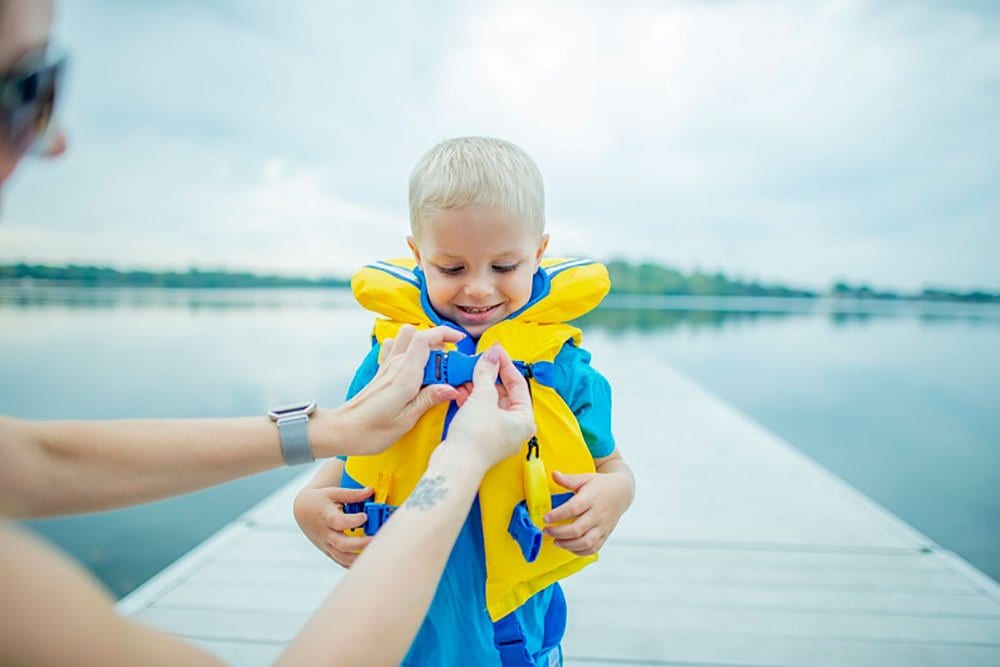Keep Children Safe Around Water
 Summer is a time to enjoy the water, whether it be a public pool, one of Minnesota's lakes or rivers, or a pool in your own backyard. Water is fun and refreshing but can be dangerous. Children can be especially vulnerable to drowning and need to be supervised closely at ALL times they are near water.
Summer is a time to enjoy the water, whether it be a public pool, one of Minnesota's lakes or rivers, or a pool in your own backyard. Water is fun and refreshing but can be dangerous. Children can be especially vulnerable to drowning and need to be supervised closely at ALL times they are near water.
- Children can drown in as little as 25 seconds.
- Drownings are silent.
- Drowning is the leading cause of injury death for young children ages 1 to 4.
Now that I have your attention, let us look at tips to help children stay safe near and in the water.
- Supervise constantly and carefully. Drowning happens quickly and quietly. Adults must avoid any distracting activity (talking or scrolling on the phone, reading, mowing the lawn, drinking alcohol, etc.). If there are children preschool age or younger, the adult should be close enough to reach the child at all times.
- Learn CPR. Every second counts with a potential drowning. By the time the paramedics arrive to the scene of an emergency, CPR skills could save a life. View video on how to do CPR on a child from Cincinnati Children's Hospital. Sign up for a CPR class with the American Heart Association or the American Red Cross.
- Enroll in swimming lessons. Formal lessons help children gain basic swimming skills such as floating and moving through the water. Swimming skills will be used for the child's entire life.
- Put on life jackets. Life jackets can reduce the risk of drowning, and are especially important around natural bodies of water, such as lakes, rivers, or the ocean, even if children know how to swim. Life jackets may also be used in the pool for weaker swimmers.
- Put up a fence. Install a four-sided fence with self-closing and self-latching gates around a backyard pool to keep children out when it is not time to swim.
- Teach your children water safety rules. Talk with your children about the risks of drowning and make sure they understand the expectations for their behavior when near and in the water. Regularly review these rules.
While enjoying time at the pool or beach, injuries are not the first thing on our minds. Yet, drownings are a leading cause of injury death for young children, and we must take our responsibility to supervise them and teach them swimming skills seriously.